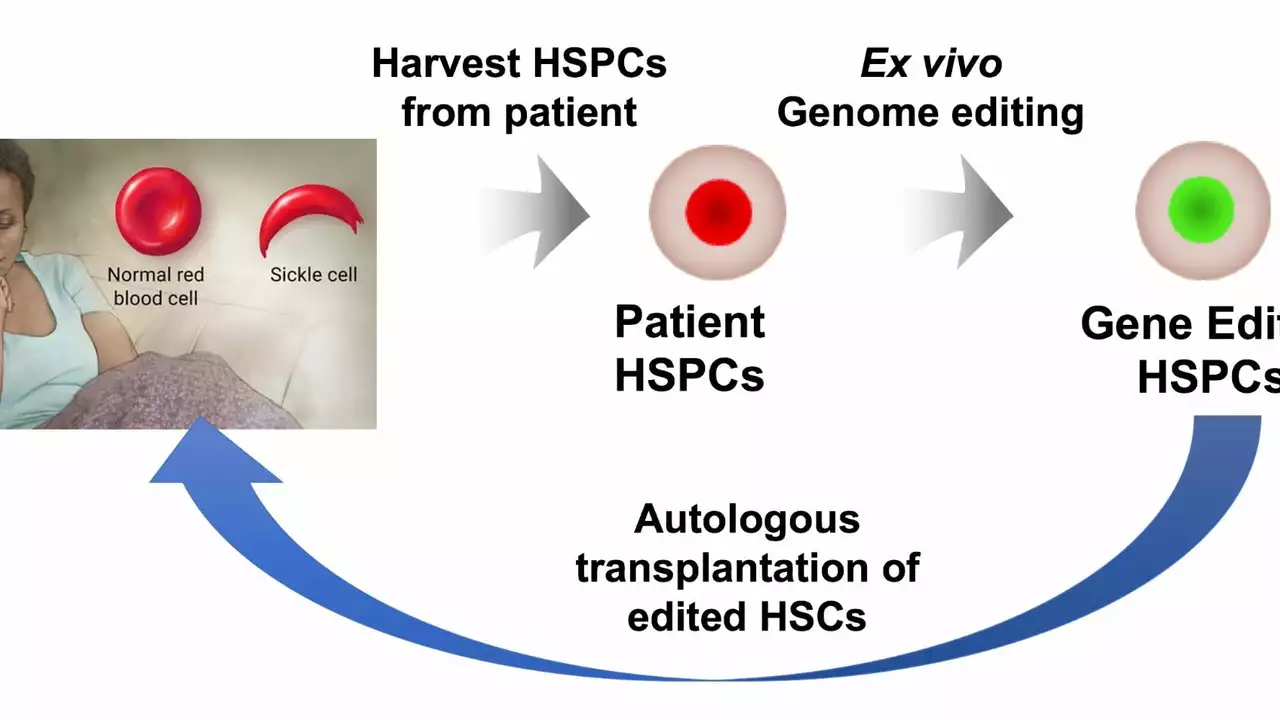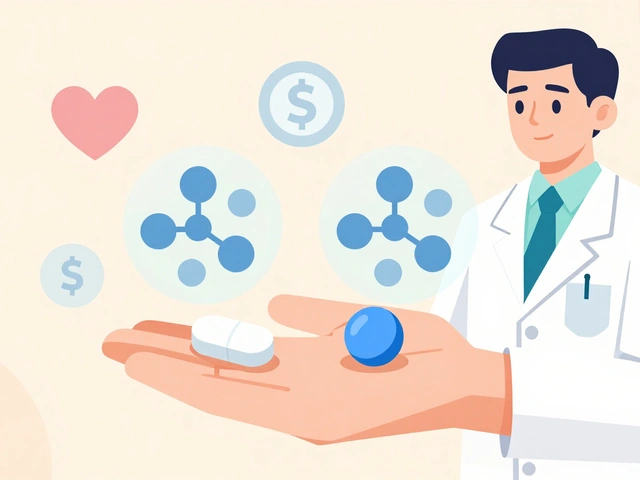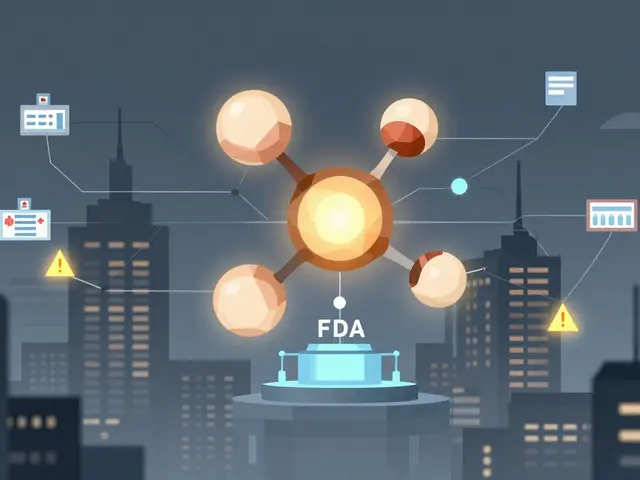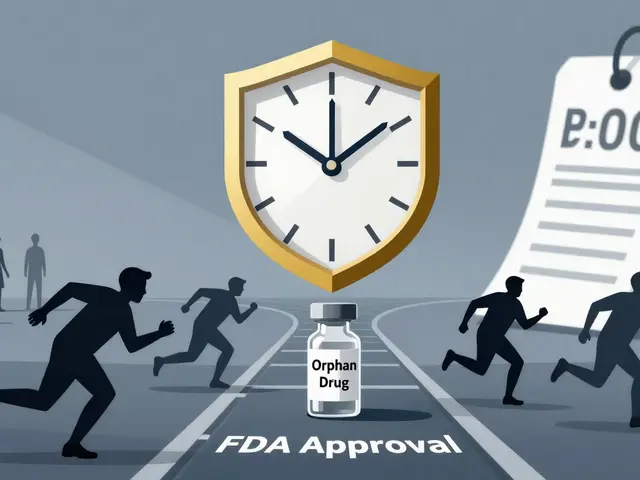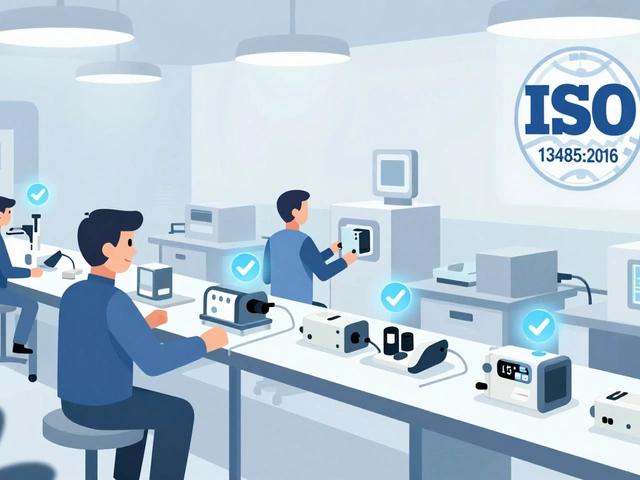Treatment: practical guides for medicines, tapers, and safe buying
Want straightforward help with medications and treatment choices? This tag gathers clear how-tos: safe online buying, tapering schedules, drug interactions, and alternatives. No jargon—just real steps you can use today.
Quick safety rules for medicine use
1) Always check a pharmacy’s credentials: a real address, license info, and a prescription requirement for prescription drugs. If a site sells prescription meds with no prescription, walk away.
2) Match the medicine to the label and your prescription. Wrong pill strength and look-alike packaging are common issues—compare batch numbers and images when possible.
3) Keep a list of your current meds. Before starting anything new, check for interactions. Our Terazosin interactions and drug-specific posts show common dangerous combos and what to ask your doctor.
4) Watch for side effects and red flags: sudden breathing trouble, severe rash, fainting, or chest pain need immediate care. For confusing or long-term symptoms, call your prescriber.
Buying online? prioritize pharmacies that use secure checkout, require a prescription, and have clear contact info. Read recent user reviews and search for the pharmacy name plus the word “scam” to catch complaints. Posts like "How to Safely Buy Trimethoprim/Sulfamethoxazole Online" and "How to Buy Neoral Online Safely" walk through what to look for step by step.
Where to start right now
Need a specific guide? Start with what fits your goal: if you need short-term pain relief for urinary issues, read "Where and How to Buy Phenazopyridine Online." If you’re stopping a drug, read "Taper Off Gabapentin Safely" for practical schedules and tips to reduce withdrawal symptoms.
Considering alternatives to a current drug? Check the comparative pieces—like the Glipizide alternatives article or the lists of ED and COPD options. Those pages compare effectiveness, side effects, and cost so you can discuss realistic choices with your clinician.
Worried about long-term effects or the environment? The Doxepin production article explains environmental concerns if that matters when choosing treatments. For hormones and thyroid care, the Levothyroxine piece explains how dosing affects Hashimoto’s symptoms.
Use this tag as a quick toolbox: safety checks, buying guides, taper plans, and alternatives. Each article includes practical steps you can follow and questions to ask your provider. Start with one clear action—verify your pharmacy, save a taper plan, or list drugs to review for interactions—and go from there.
If something feels off—new severe symptoms, a suspicious pharmacy, or unclear dosing—stop and call your doctor or local emergency services. Better safe than sorry, and these guides are here to help you make safer choices with your meds.
I recently came across some intriguing research on Amiloride and its potential role in treating Sickle Cell Disease. Amiloride is a medication primarily used to treat high blood pressure and heart failure. However, studies have suggested that it could also help reduce painful symptoms and complications associated with Sickle Cell Disease. This is mainly due to its ability to inhibit certain ion channels, reducing the sickling of red blood cells. The prospect of Amiloride as a treatment for Sickle Cell Disease is exciting, and I'm eager to see how further research develops in this area.
Continue reading...
As a blogger, I've come across many questions regarding syphilis testing. In this summary, I want to provide you with everything you need to know about it. Syphilis tests are crucial for early detection and treatment of the infection. These tests mainly include blood tests, but sometimes other methods like swabs and spinal fluid tests are used. Remember, it's essential to get tested if you suspect you may have been exposed to syphilis, as early treatment can prevent long-term complications.
Continue reading...

